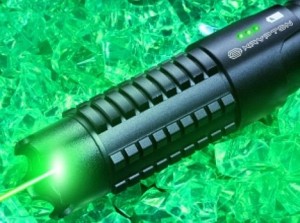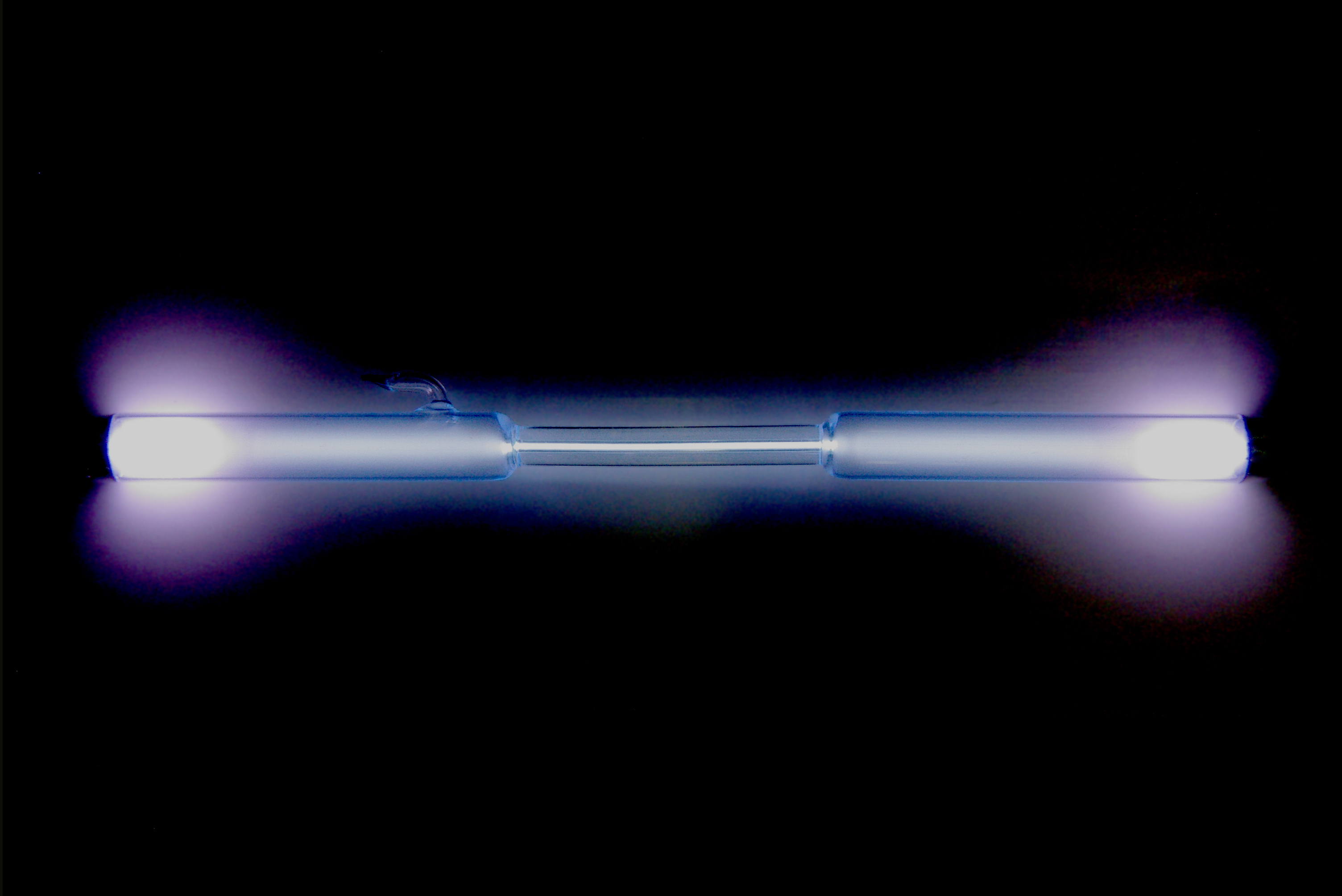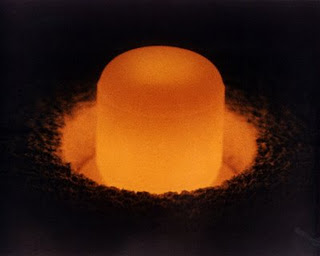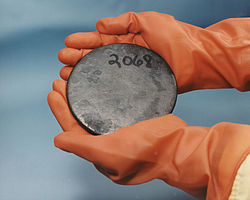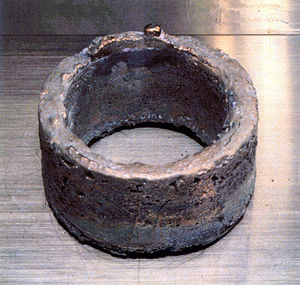Strontium-90
- What is Strontium-90?
- History of Strontium-90 Origin
- Strontium-90 Source
- Strontium-90 Symbol
- Strontium-90 Beta Decay
- Strontium-90 Beta Decay Equation
- Strontium-90 Half Life
- Strontium-90 Decay Chain
- Strontium-90 Properties
- Effects of Strontium-90 on Health
- How Strontium-90 Pollutes the Environment?
- Strontium-90 in Human Body
- Strontium-90 Uses
Strontium-90 is a chemical substance with radioactive properties. Read on to know all about its properties, uses and its effects on human health.
What is Strontium-90?
It is a radioactive substance that radiates “Beta Rays”. It is one of the radioactive isotopes of the chemical named Strontium (Sr).
History of Strontium-90 Origin
Non-radioactive Strontium was first detected in the mineral called Strontianite, by Adair Crawford and William Cruikshank in 1790 in Scotland. However, Sir Humphry Davy was the first person to separate metallic Strontium.
90Sr was discovered in the 1940s. It was one of the many radioactive isotopes discovered during the nuclear experiments performed during development of the nuclear bomb.
Strontium-90 Source
It is a by-product of the fission reaction of Plutonium and Uranium in a nuclear reactor or in nuclear weapons. It may pollute the parts and fluids of a reactor.
Large amounts of 90Sr were produced during the nuclear weapon tests in the 1950s and 1960s.
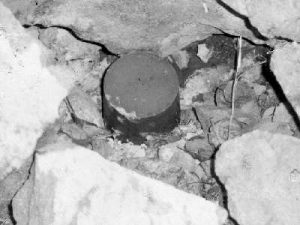
Picture 1 – Strontium-90
Source – iaea.org
Strontium-90 Symbol
The symbol for this radioactive isotope is 90Sr.
Strontium-90 Beta Decay
Natural Strontium (Sr) does not have radioactive properties, but its isotope 90Sr has high radioactive properties and undergoes Beta (β– ray) decay. Its decay energy is 0.546 MeV and is distributed among an anti-neutrino, an electron and the 90Y (Yttrium-90) isotope.
Strontium-90 Beta Decay Equation
The Beta decay equation of 90Sr is given as:
3890Sr → 3990Y + -10e
Here, the -10e denotes a negative (-ve) beta particle or an electron.
Strontium-90 Half Life
The time taken by a decaying radioactive substance to reduce to half of its original amount is referred to as the half life of that substance.
90Sr has the half life of 28.8 years or 907921024 seconds. It means it takes 28.8 years to decrease by half of its initial amount.
Strontium-90 Decay Chain
As 90Sr decays, it forms 90Y or Yttrium-90 which has a half life of 64 hours. The 90Y decay results into a stable substance called Zirconium (Zr).
The β [Beta] particles radiated by 90Y are of a high energy while those emitted by 90Sr are of a moderate energy.
Strontium-90 Properties
The basic physical properties of this isotope are quite similar in nature as those of the non- radioactive Strontium. Following are some basic and radioactive properties of 90Sr:
- Like Sr, it is a soft and shiny silver colored metal, quite similar to Lead (Pb). The color changes to yellow if exposed to air.
- It only radiates Beta particles. It does not undergo any Gamma ray radiation.
- Radioactive decay almost always involves a Decay Chain or a particular sequence of steps. 90Y is the Decay Product or Daughter Isotope of 90Sr. It means this substance decays and turns into 90Y.
- Its chemical properties are much similar to Calcium (Ca). As a result, it has a tendency to concentrate in the teeth and bones of an organism.
Effects of Strontium-90 on Health
Read the following pieces of information to learn about some of the adverse effects of this substance on human health:
- This radioactive substance is one of the most dangerous fission products and can have hazardous effects on human health.
- It is most harmful when accidentally ingested with water or food. But it can also cause health problems in case of inhalation.
- Once it gets inside the body, it is easily taken up by the bones and teeth along with Calcium because of their similar properties. Once absorbed, the 90Sr accumulates in the bones and damages the human body for quite a long time as it has a long half life.
- The radioactive Strontium causes cancers of the bone, Leukemia and softening of tissues situated around the bone and bone marrow.
How Strontium-90 Pollutes the Environment?
In the 1950s and 1960s, due to the nuclear weapon tests, this substance accidentally spread around the world. Because of its long half life, it takes a lot of time to decay and remove entirely from the environment. At present, these tests are highly restricted in number.
A large amount of 90Sr was released into the atmosphere at the time of the Chernobyl Nuclear Disaster. It spread in significant amounts in the entire Soviet Republic. But the United States was very little affected by this radiation.
A considerable amount of Strontium-90 was introduced into the environment during the Fukushima Daiichi nuclear disaster in Japan in 2011.
It can exist in the environment without any difficulty. It creates many chemical compounds in the nature including various Oxides, Halides and Sulfides.
Strontium-90 in Human Body
Usually, it is accidentally ingested along with food or water. However, inhalation of the dust of this material can also be a way of intake.
The 9090 residing in the soil can find its way to the human body through food grains and vegetables grown from the contaminated soil. But this only happens when it is released in the environment by some accident.
70- 80% of the swallowed 90Sr passes through the human body. But the remaining portion is left behind and most of it accumulates in the bones. 1 % of the total amount is distributed among blood, soft tissues, extracellular fluids and the surface areas of the bone. It stays in these areas to decay. Sometimes, it is excreted from the body.
Strontium-90 Uses
It is widely used as medicines and for industrial purposes.
Medical Uses
Following are some of the principal medical uses of this radioactive substance:
- It is useful for the treatment of certain cancers. Its radiation properties are used in the Radiation Therapy or Radiotherapy (treating cancer by controlling the malignant cells).
- It is used in a controlled amount for the treatment of Bone Cancer.
Industrial Uses
Read on to learn about its basic uses in industries:
- It is used as a radioactive source in the process of Thickness Gauging (measuring the weight or thickness of materials like paper, plastic metal etc with the help of beta particle attenuation).
- The decay of 90Sr produces considerable amount of heat. So, it is used in many Radioisotope Thermoelectric Generators (usually as Strontium Fluoride) – mainly in Russia. In these generators, the heat generated by the decay is converted into electricity. The fact that it is cheaper than other similar products increases its utility.
- A Radioisotope Thermoelectric Generator can be considered as a type of battery and used as a long-lasting and portable power-supply. It is used in space vehicles, navigational beacons and weather stations in remote areas.
- It is also of use as Radioactive Tracer, an instrument used for measuring the rate of chemical reactions and progressions and to understand how a substance moves in a natural system in the fields of agriculture and medicine.
Controlled amounts of this isotope can be very useful in various fields. But it can be fatal for humans in case of overexposure or accidental ingestion. It is particularly harmful due to its long half life. Care should be taken that it is not dispersed into natural surroundings by any chance.
- References
- https://www.epa.gov/radiation/radionuclide-basics-strontium-90
- https://radioactivity.eu.com/phenomenon/strontium_90
